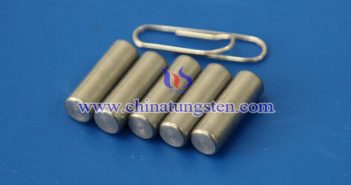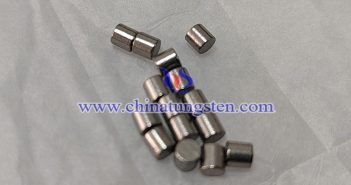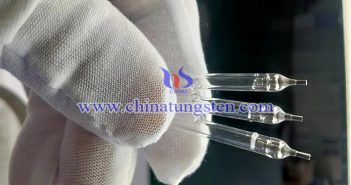
On July 10, 2024, a new antidumping (AD) and countervailing duty (CVD) petition was filed against imports of Tungsten Shot from China. Tungsten shot is used to produce shotgun shot. The petition was by Tungsten Parts Wyoming, Inc. Unlike most AD/CVD petition, this petitioner admits that they only began production last year in 2023, and thus the domestic industry has not yet been established. Instead of arguing that the Chinese imports have injured or threaten to injure them; the petitioner…








